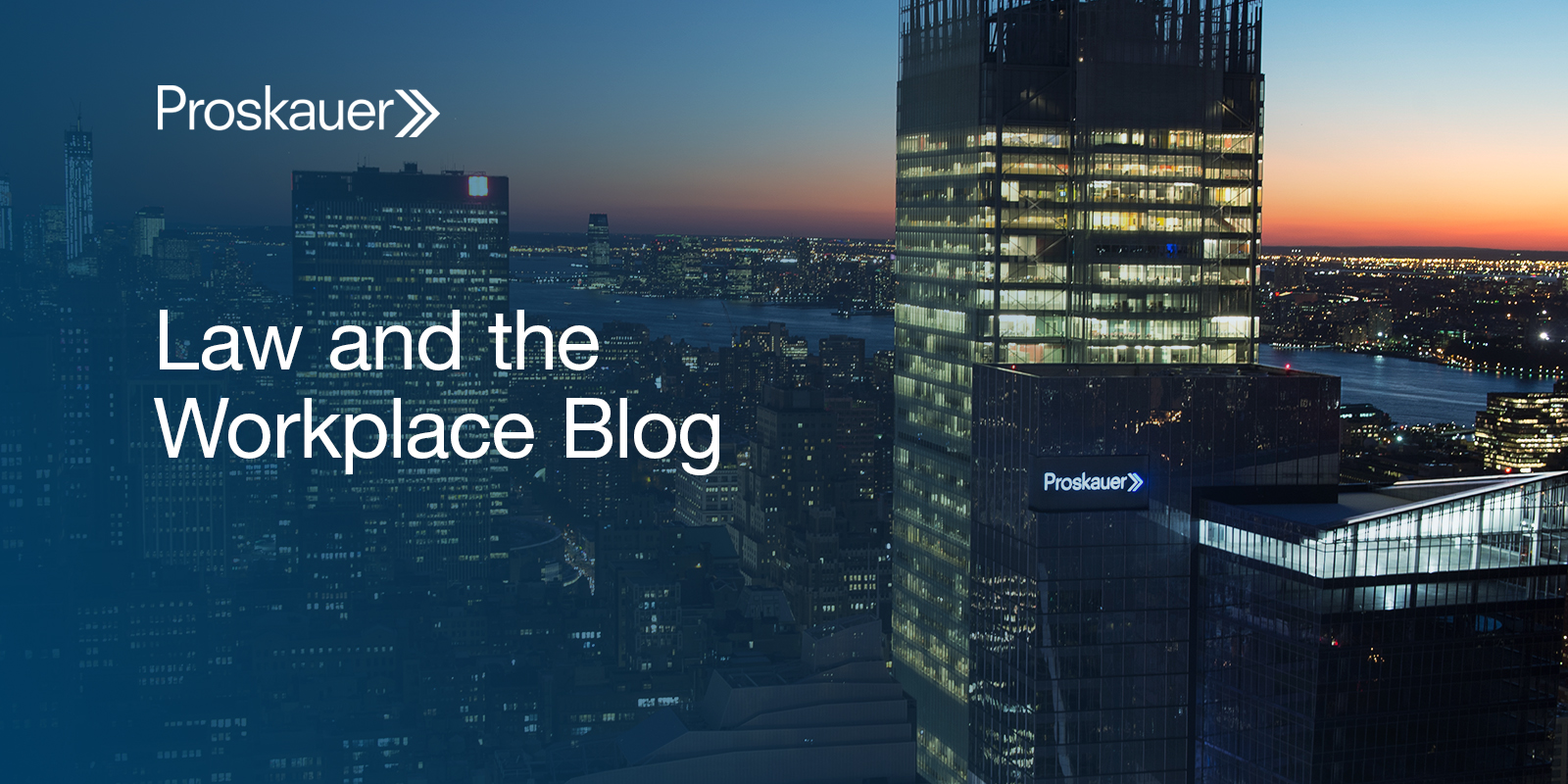The California Supreme Court Further Clarifies the Definition of “Hours Worked”
At the request of the 9th Circuit, the California Supreme Court recently clarified the definition of “hours worked” under the Labor Code. In Huerta v. CSI Electrical Contractors, the employees worked at a solar power facility, which was located on privately-owned land. To reach the actual worksite, employees had to enter onto private land, present a badge at a security gate (at which point a security guard might “peer” into their car or truck), and then drive an additional 10–15 minutes to access the employee parking lot. It was estimated that the security check could take between 5-30 minutes. This would happen again at the end of the day. Also, because there were endangered species present on the privately-owned land, there were restrictions employees were expected to follow while driving on the road, including not exceeding a certain speed limit, and refraining from honking horns or playing loud music. The Court was asked to answer two questions with respect to the definition of “hours worked” as discussed below.
- Is time spent on an employer’s premises in a personal vehicle and waiting to scan an identification badge, have a security guard peer into the vehicle, and then exit the security gate compensable as “hours worked”?
Yes, an employee’s time spent on an employer’s premises awaiting and undergoing an employer-mandated exit procedure that includes the employer’s visual inspection of the employee’s personal vehicle is compensable as “hours worked”. Here, the Court determined that the following factors were sufficient indicia of employer control to transfer the time to compensable hours worked.
- Employees were “required to wait for and undergo the exit security procedure before leaving” the work premises.
- Employees remained confined to the employer’s premises until the exit procedures were completed
- Employees were required to perform “specific and supervised tasks” as part of the exit procedure, including driving the vehicle to the security gate, waiting until it was the employee’s turn, rolling down the vehicle’s window to present the security identification badge, and submitting the vehicle to visual inspection.
For each of these reasons, the Court determined the employee exerted sufficient control to be considered “hours worked.”
- Is time spent on the employer’s premises in a personal vehicle, driving between the security gate and the employee parking lots subject to certain rules from the employer “hours worked”?
The Court determined that travel time from a security gate to an employee parking lot is only compensable if the security gate is the first location where an employee is required for an employment-related reason, other than simply accessing the workplace. The Court cautioned that this would be dependent on the actual facts presented. The Court also noted that simply driving a personal vehicle on an employer’s premises “before or after a shift, while subjected to an employer’s rules,” does not necessarily make the time compensable as “hours worked.” Rather, the Court reasoned that “rules designed to ensure safe, lawful, and orderly conduct while traveling on an employer’s premises, such as the general Site rules and the ‘rules of the road’ at issue here, do not impose a level of control that renders the time compensable. … Because an employee’s drive on the access road is not a form of exertion that a manager would recognize as work on the Site, the drive time is not compensable under the suffer or permit clause.”
Key Takeaways
California courts continue to determine that time spent undergoing security checks is compensable as hours worked. To the extent California employers subject their employees to security checks – whether it is upon entering/existing a parking lot, or the physical location of the workplace itself – employers should analyze to what extent the employee is subject to the “employer’s control.” If any control is exerted, this is likely compensable time that employees must be compensated for.






